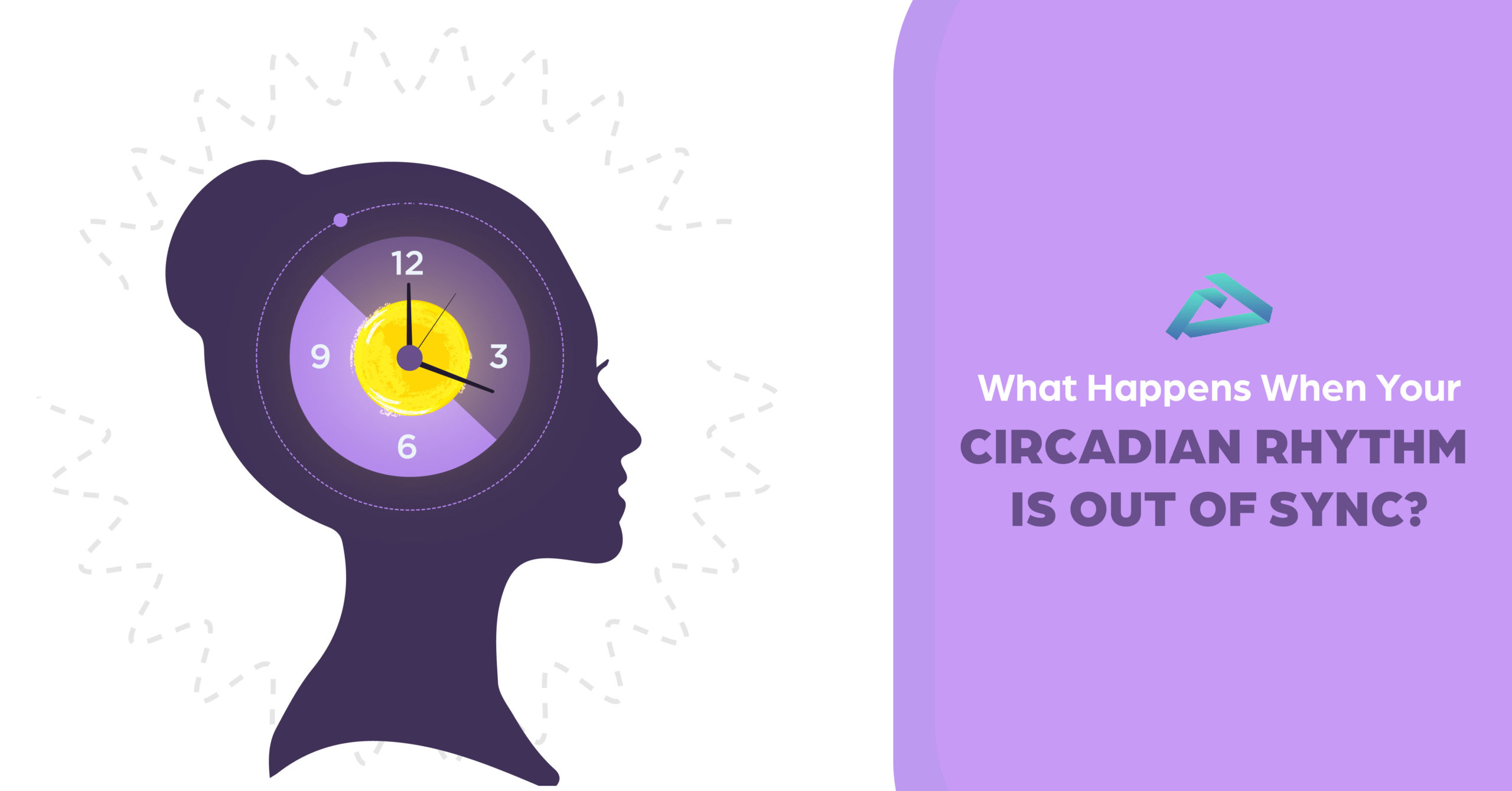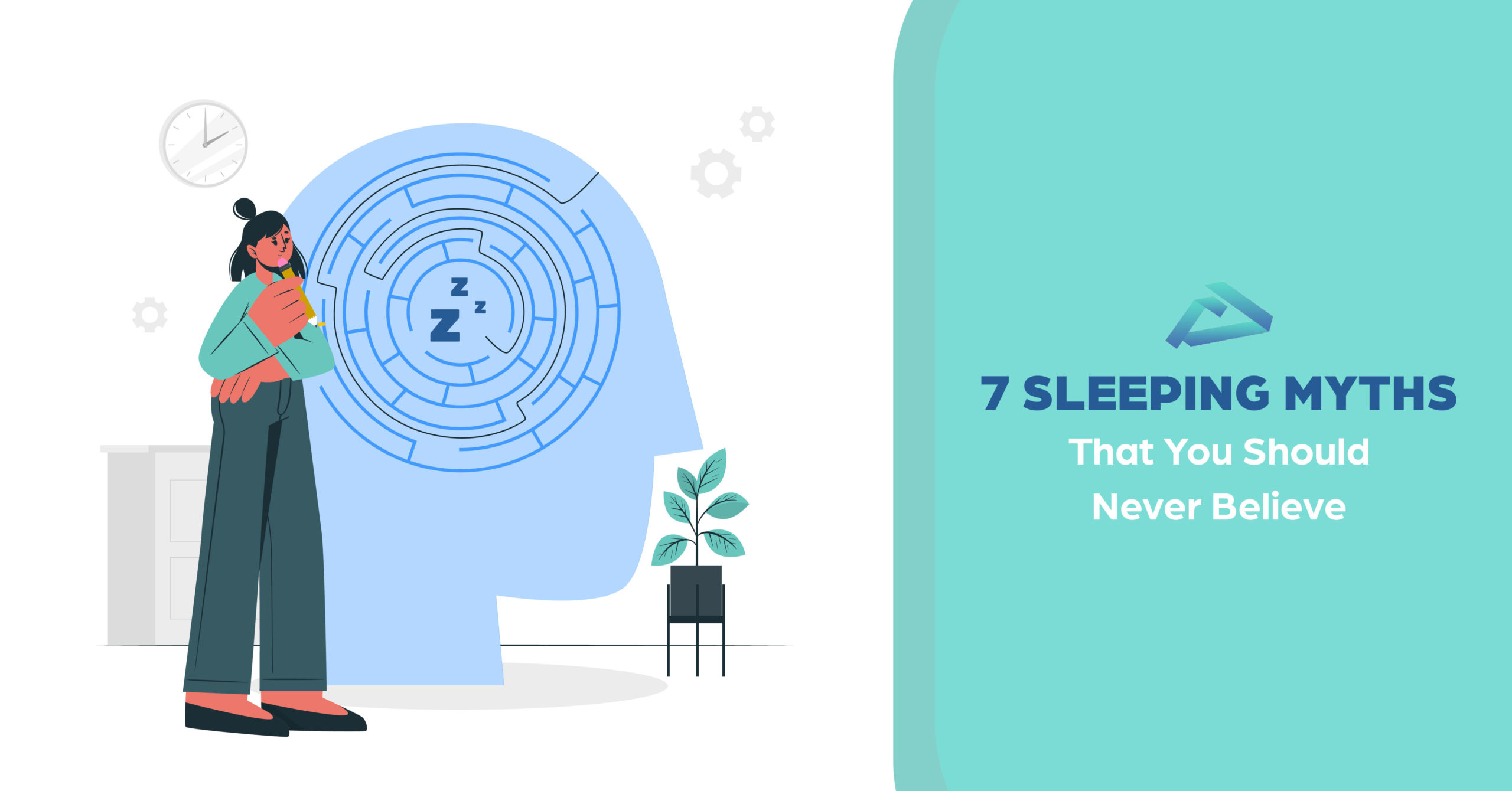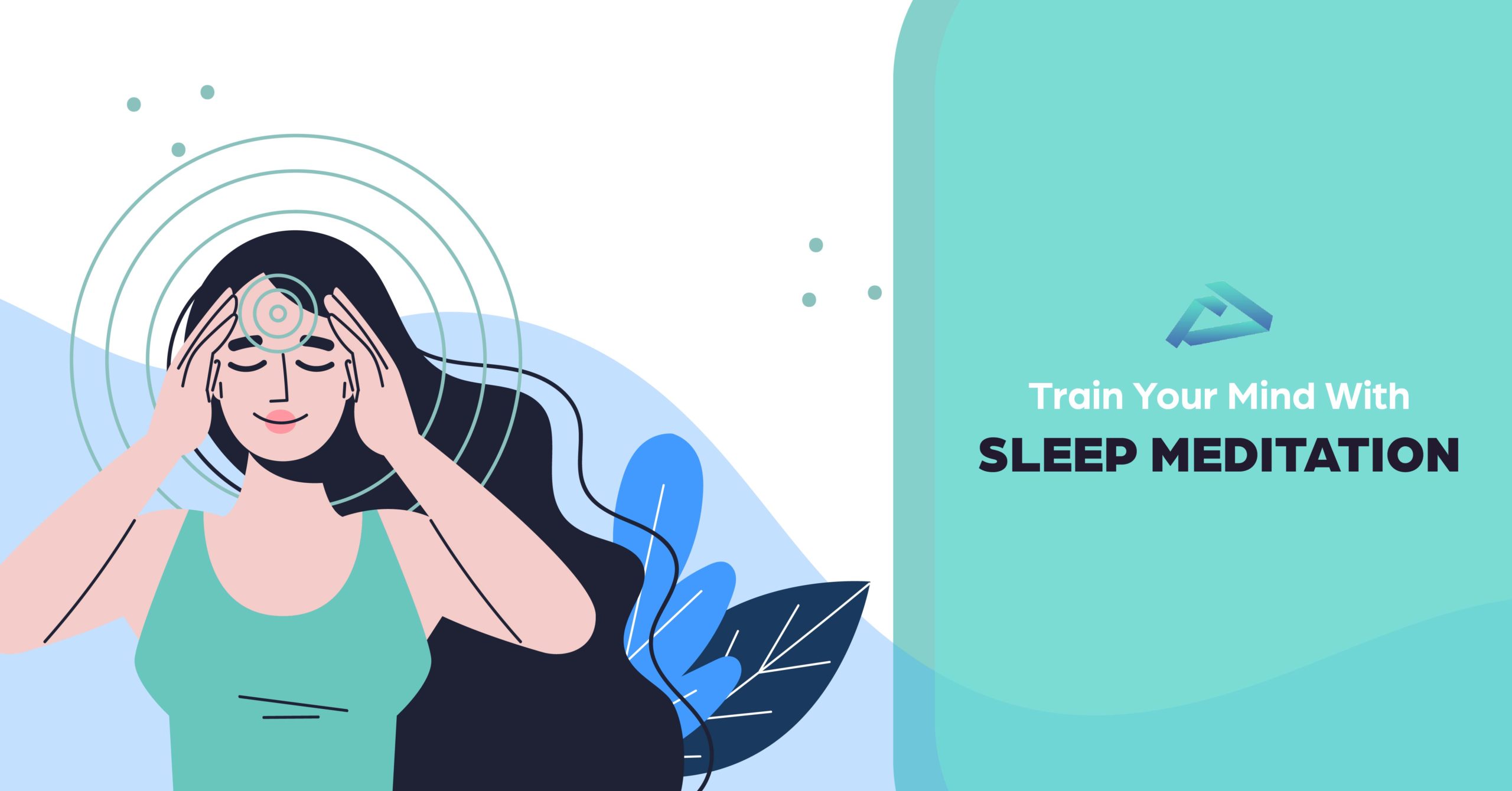When attempting to say it the right way in popular millennial lingo, ‘lucid dreaming has a separate fan base!’ And why should it not? After all, this very phenomenon has the ability to blur lines between our world of dreams and waking life. Veteran lucid dreaming enthusiasts also believe in the fact that it creates an unbreakable link between our conscious and subconscious minds.
Dreams.co.uk states that ‘Lucid dreaming, also referred to as ‘conscious dreaming’, is the practice of becoming conscious within your dreams. A lucid dream is one in which you realize you’re dreaming and can still remain asleep. Once you become conscious within a dream, you can then interact with it and direct it at will, communicating directly with your unconscious. These are often particularly vivid dreams that you can remember the following day’
Research and data suggest that 50% of our population has had a lucid dream at least once in their lifetimes. Even so, some studies suggest that some individuals experience lucid dreaming more often than others. Lucid dreaming has roots in ancient civilizations, dating back to as far as 471 AD. Traces of the practice of lucid dreaming have also been found in ancient Hindu and Tibetian civilizations. Although, the area of lucid dreaming is yet to be explored all the more and there are certain aspects of lucid dreaming that still remain a mystery.
So if that is the case, then where do you begin?
The world of lucid dreaming can consume you to no extent, leaving one utterly clueless. But if it is treated just like any other phenomenon, then there is no other way but to – practice. Yup, just like any form of meditation! Training your mind is of the utmost importance when it comes to reaping the benefits of lucid dreaming. Regulated sleep hygiene is essential to practicing lucid dreaming on a regular basis. The easiest way to begin is, by mindfully paying attention to the frequency of remembering your dreams – whether they are new, old, or even recurring. One must always remember that lucid dreaming is nothing but being conscious and aware of the fact that you are dreaming. Once we train our mind to believe that very fact, controlling self in one’s dream surrounding becomes extremely easy.
Dreams.co.uk puts that very fact quite succinctly – ‘Scientific research shows that lucid dreams occur in the REM (Rapid Eye Movement) stage of sleep, which is one of the deepest stages of sleep. The Max Planck Institute of Psychiatry discovered that during lucid dreaming, part of the brain reactivates allowing you to experience the dream state consciously with self-reflective awareness. Therefore, despite common belief, you’re not half awake while lucid dreaming. You’re completely out for the count, except for the part of your brain that has become reactivated’
Tried and tested techniques tell us that keeping a dream journal is the stepping stone into the world of lucid dreaming. It simplifies remembering your dream, the frequency of those dreams and even gives great insight into your subconscious mind, thus making it easier to keep a track of what is going on in your dream world, literally! The easiest way to do this is by keeping a small notebook next to your bed, so it gets easier to journal. Scientifically put, this helps your mind create a ‘dream recall’
Investing in a device that aids lucid dreaming is also quite popular in today’s times. As, these devices are equipped with sleep trackers/monitors, customization of audio-visual cues to induce lucid dreaming, and other such features that help regulate your sleeping patterns, thus maintaining automatic sleep hygiene!
The most common techniques that have the ability to trigger lucid dreams on a frequent basis:
- A healthy sleeping schedule in comfortable, dark surroundings to boost REM sleep state, wherein most lucid dreaming can occur.
- Use accessories like a sleeping mask, blackout curtains, and earplugs to block any unwanted noises in the background.
- Research on the MILD and WBTB that have proven to be highly effective. These techniques rely on our ability to ‘remember’ things and have seen high success rates.
- Maintain a dream journal. Revisit the journal on a regular basis to get accustomed to what you are dreaming about and identify common patterns.
- Play video games! Studies have shown that it affects the frequency and control over dreaming in general.
It is always better to adopt methods that suit you the best. Each individual has a different psyche and that is what matters the most when you are a novice in the world of lucid dreaming!






